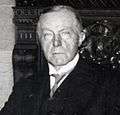Second Ruijs de Beerenbrouck cabinet
| Second Ruijs de Beerenbrouck cabinet | |
|---|---|
|
29th cabinet of the Netherlands | |
| Date formed | 18 September 1922 |
| Date dissolved |
4 August 1925 (Demissionary from 1 July 1925) |
| People and organisations | |
| Head of state | Queen Wilhelmina |
| Head of government |
Charles Ruijs de Beerenbrouck |
| Deputy head of government | Theo Heemskerk (Unofficially) |
| No. of ministers | 10 |
| Ministers removed (Death/resignation/dismissal) | 1 |
| Total no. of ministers | 11 |
| Member party |
Roman Catholic State Party (RKSP) Anti-Revolutionary Party (ARP) Christian Historical Union (CHU) |
| Status in legislature | Centre-right Majority government |
| Opposition party |
Social Democratic Workers' Party |
| Opposition leader |
Pieter Jelles Troelstra (1922–1925) Jan Schaper (1925) |
| History | |
| Election(s) | 1922 |
| Legislature term(s) | 1922–1925 |
| Predecessor | First Ruijs de Beerenbrouck cabinet |
| Successor | First Colijn cabinet |
![Azure, billetty Or a lion with a coronet Or armed and langued Gules holding in his dexter paw a sword Argent hilted Or and in the sinister paw seven arrows Argent pointed and bound together Or. [The seven arrows stand for the seven provinces of the Union of Utrecht.] The shield is crowned with the (Dutch) royal crown and supported by two lions Or armed and langued gules. They stand on a scroll Azure with the text (Or) "Je Maintiendrai" (French for "I will maintain".)](../I/m/State_coat_of_arms_of_the_Netherlands.svg.png) |
|---|
| This article is part of a series on the politics and government of the Netherlands |
|
Local government |
|
The Second Ruijs de Beerenbrouck cabinet was the cabinet of the Netherlands from 18 September 1922 until 4 August 1925. The cabinet was formed by the political parties Roman Catholic State Party (RKSP), Anti-Revolutionary Party (ARP) and the Christian Historical Union (CHU) after the election of 1922. The centre-right cabinet was a majority government in the House of Representatives and was a continuation of the previous Cabinet Ruijs de Beerenbrouck I. It was the second of three cabinets of Charles Ruijs de Beerenbrouck, the Leader of the Roman Catholic State Party as Prime Minister.[1][2][3]
Cabinet Members
- Retained Retained this position from the previous cabinet.
- Res Resigned.
References
- ↑ Frans Verhagen (2015). Toen de katholieken Nederland veroverden. Boom. p. 8. ISBN 9789089536570.
- ↑ (in Dutch) "Charles Ruijs de Beerenbrouck (1873-1936)". Historisch Nieuwsblad. 10 July 2018. Retrieved 26 July 2018.
- ↑ (in Dutch) "Ruijs de Beerenbrouck, C.J.M." Katholiek Documentatie Centrum. 1974. Retrieved 25 July 2018.
External links
- Official
- (in Dutch) Kabinet-Ruijs de Beerenbrouck II Parlement & Politiek
| Wikimedia Commons has media related to Cabinet Ruijs de Beerenbrouck II. |
This article is issued from
Wikipedia.
The text is licensed under Creative Commons - Attribution - Sharealike.
Additional terms may apply for the media files.
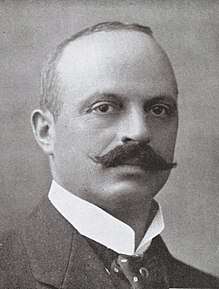
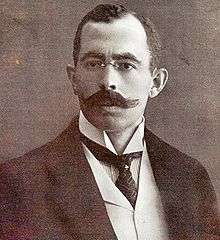
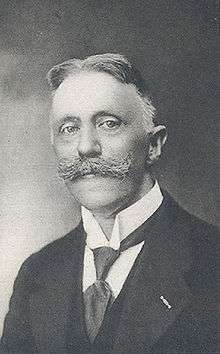
.jpg)
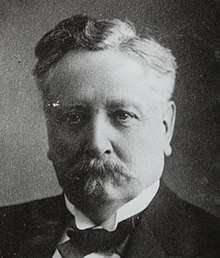

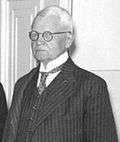
.jpg)

